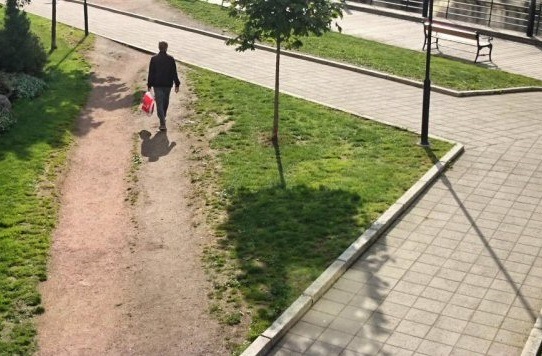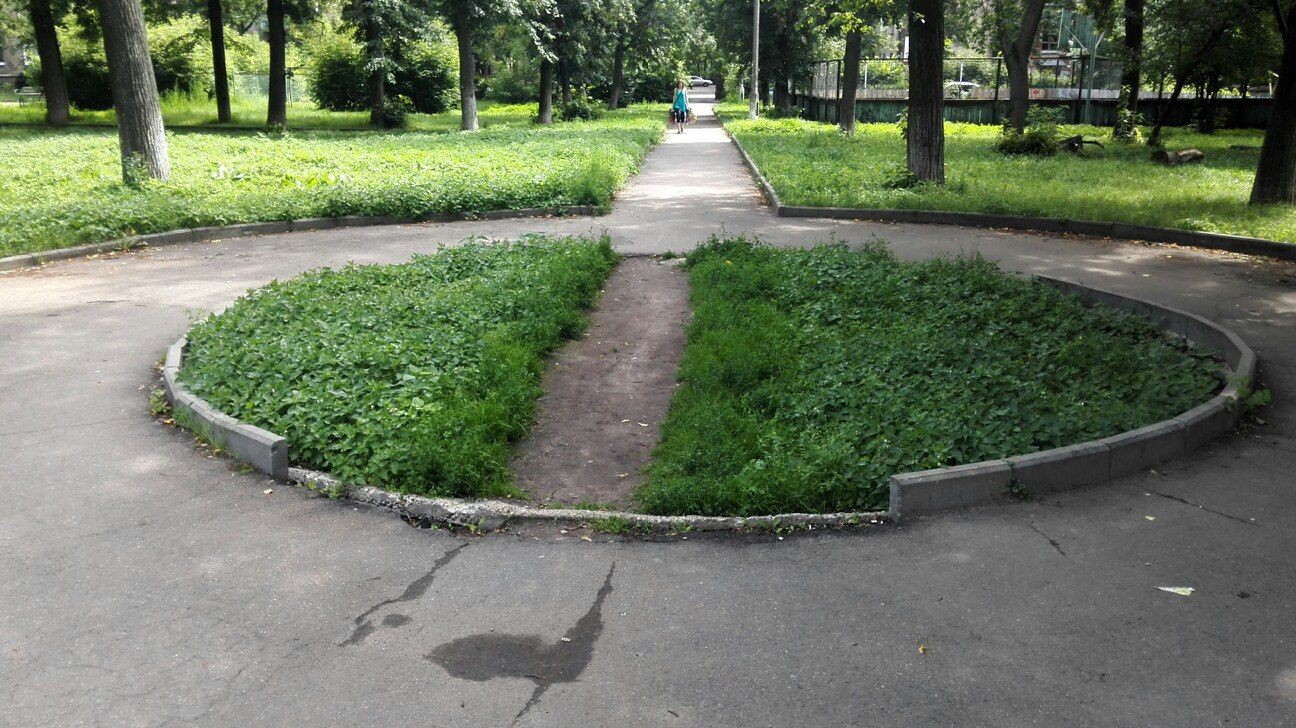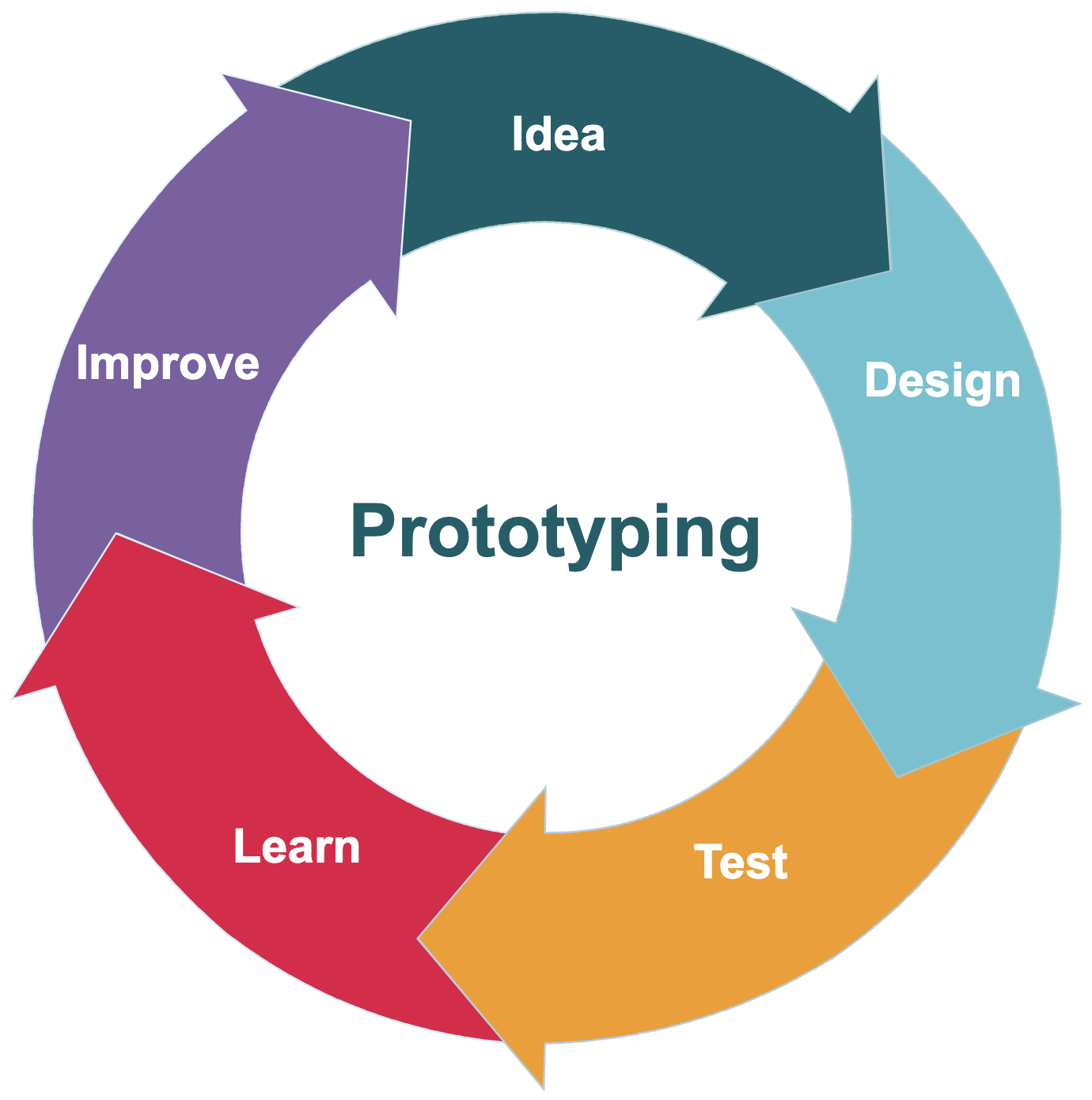Prototyping

So, you’re ready to make a first step. What next?
One of the answers is ‘prototyping’. This is a method of making a small step, trying things out, learning and improving – in a cycle.
It is very common in the digital world, in designing products, and in business and marketing, but the same basic principle applies in everything we want to do because…
We can’t predict what’s going to happen in the real world!
One of the biggest challenges – even with amazing ideas and carefully thought out plans – is that people don’t act like you imagined they would.
Like these examples of what was designed versus what actually happened!


This mission is about actually prototyping something. Putting something out there, seeing what happens and learning from it.
“Your first idea is rarely your best one.”

What is prototyping?
Developing – Testing – Improving.
Simple, right?
Creating a prototype

Step 1: First of all you will need an idea that you can test
You may already have something in mind. But for now, this could be someone quite small and simple.
It could be…
– Your ‘first step’ from the previous mission
– Just an idea you’ve had and you want to find out what people think
– Something creative, like a short video idea
– A business or social enterprise concept
– Simply a question, like ‘What would happen if…?’ or, ‘How could ….. work better?
Step 2: What questions do you have about it?
Come up with a few questions that you want to find out.
It’s useful to get open feedback with general questions like ‘what do you think’; but also try to be more specific.
Think about what you are specifically interested. Is it the idea itself, or the functions, or the look of it, or if it already exists…?
Step 3: Create something that you can share
Help people to see, feel and experience your idea. “Show don’t tell”
For example, make a model of it if its something physical, or make up example stories about it if its an idea or concept.
And think about the best ways to gather your feedback. E.g. interviews, online surveys, informal chats, street demonstrations, etc.
Step 4: Take a deep breath…
Step 5: Go for it!
Step 6: Observe and gather feedback
How are people reacting? What do you see?
What are their first thoughts, and what are they saying?
The key is to be really open-minded to what people think and feel, and then take forward what is good and drop the parts that aren’t so good.
Step 7: Iterate
This means improve the original idea based on feedback and try again
And again!


Take a photo of something that represents your idea.
Then click Complete Mission

